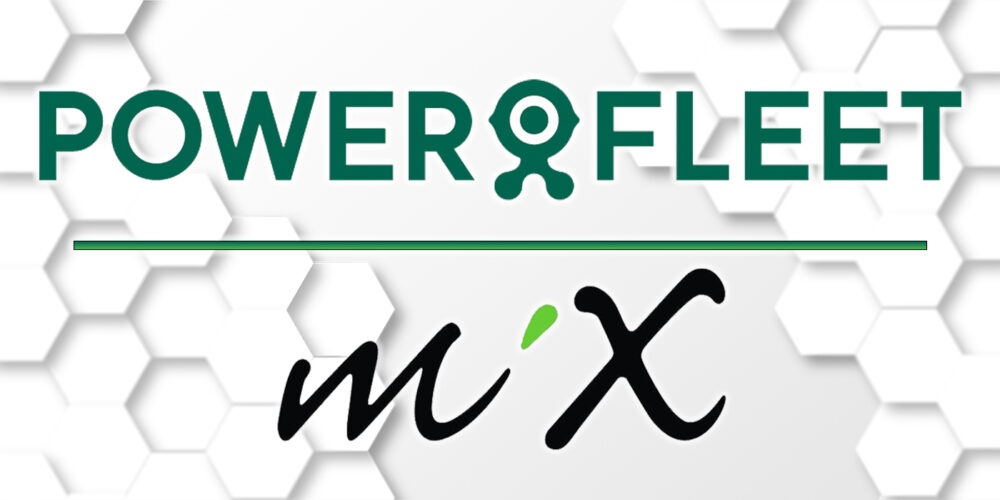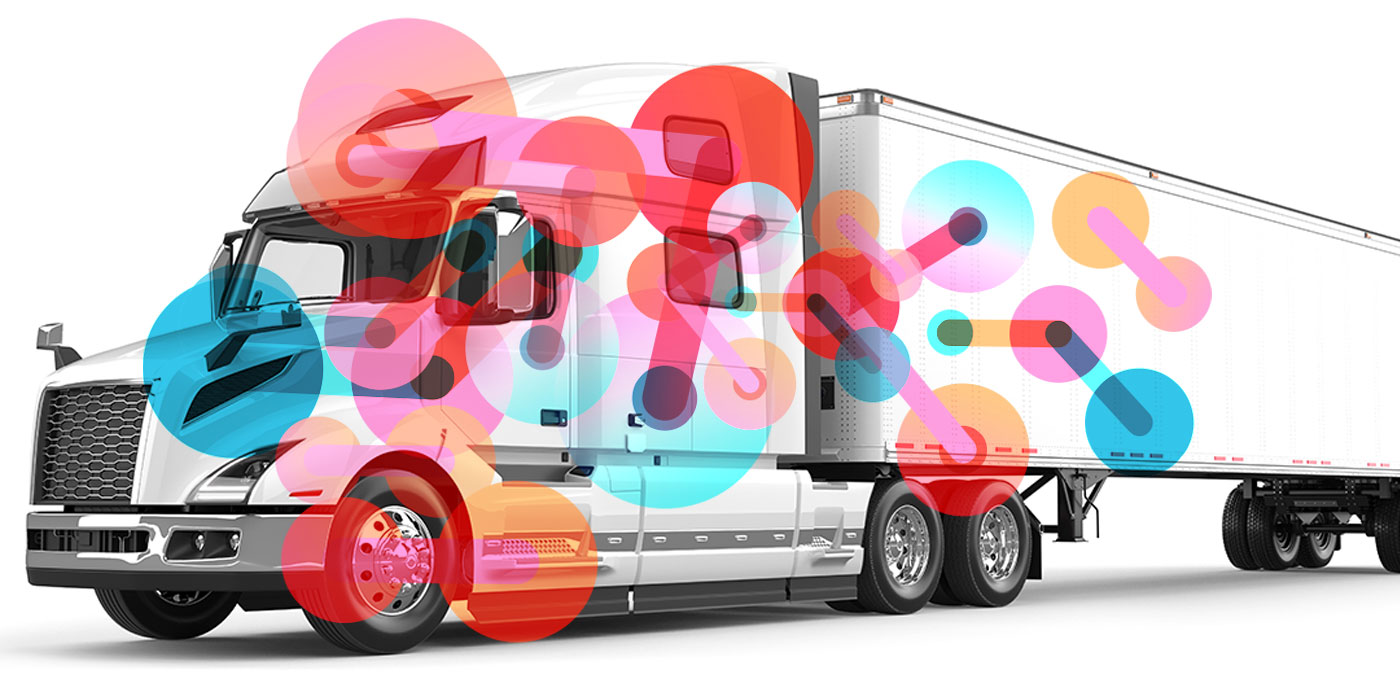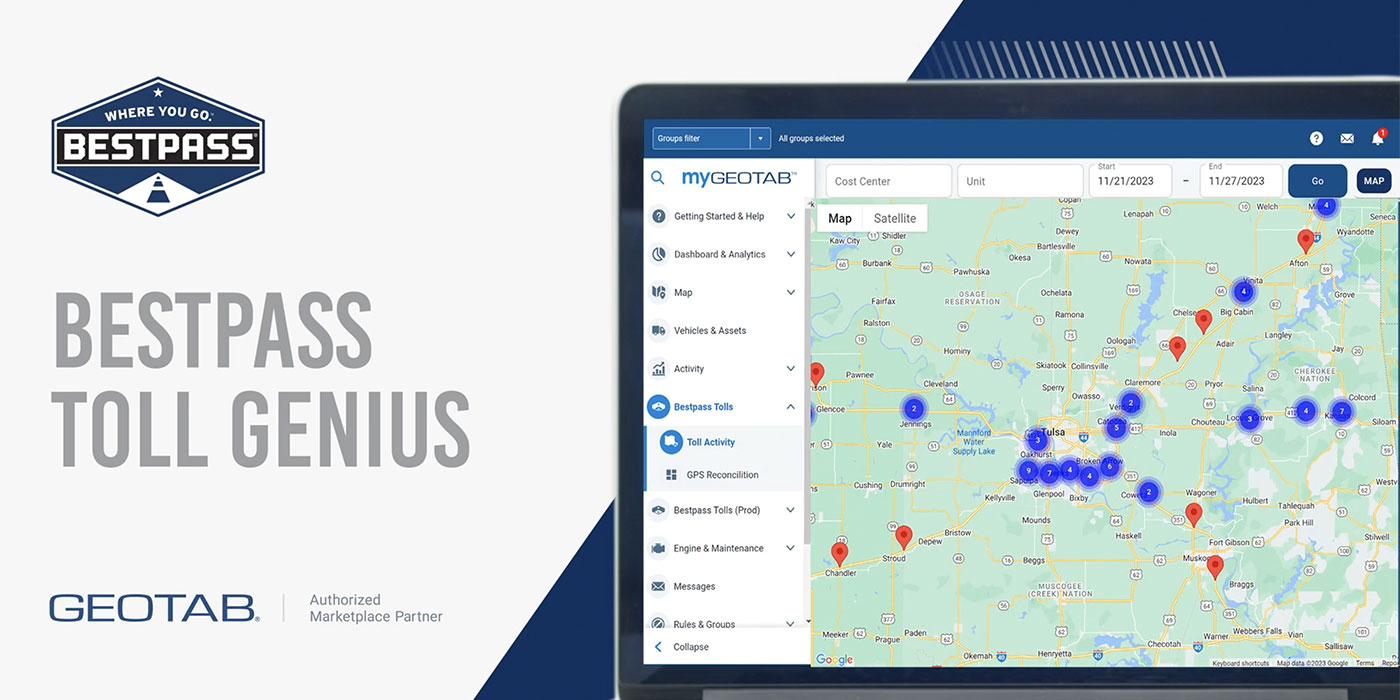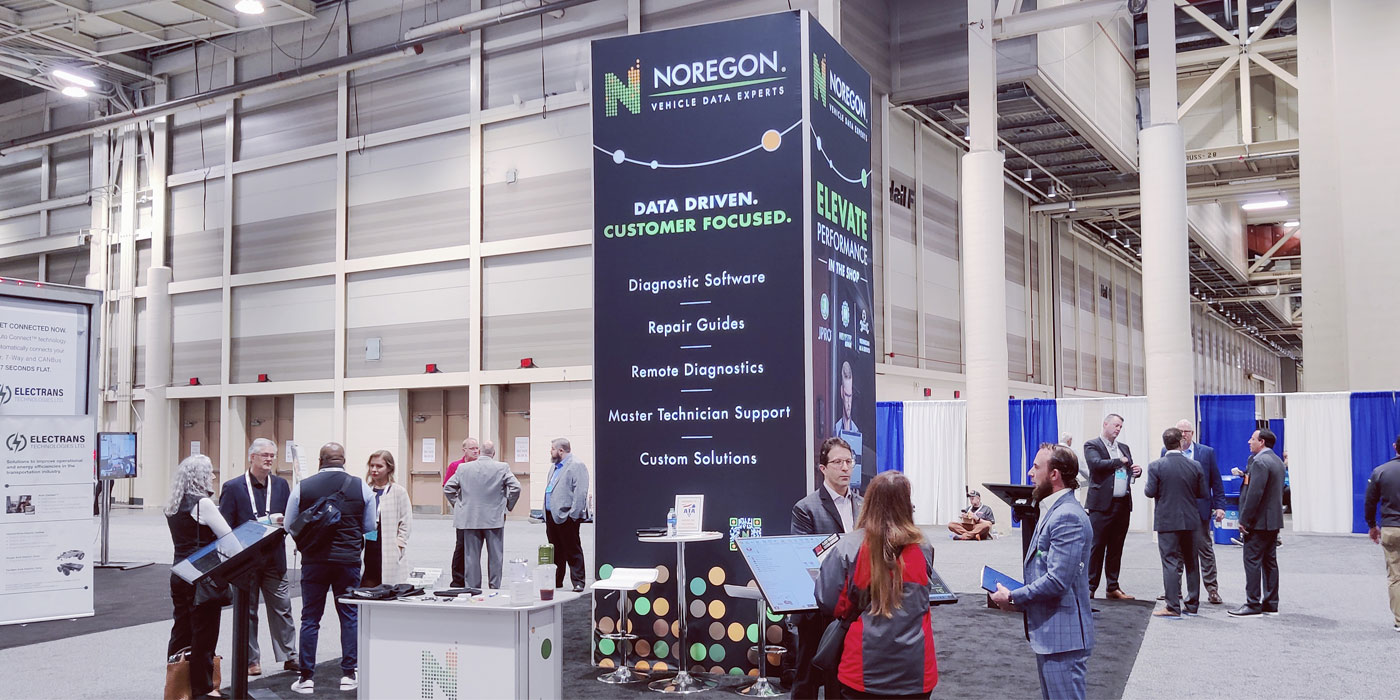“Uber for trucking.” It’s been an industry buzz term for a while now. Seeing the meteoric rise of companies like Uber and Lyft in the passenger car segment has made trucking technology companies wonder: What if we could do this for freight? Could this be trucking’s next technology breakthrough?
It’s an exciting prospect, but while it’s fun to dream, the reality of the situation is that, much like automated trucks, it’s not as easy as it sounds. There are a myriad of obstacles to overcome, and matching trucks with freight is nowhere near as simple as matching passengers with a driver.
“There are a lot of companies that have come in with some really cool apps and are saying, ‘we’re Uber for trucking,’ and if you want to increase your valuation or attract an investor, ‘Uber for trucking’ is the phrase that can get that done for you,” says Brian McLaughlin, president of PeopleNet. “Everybody’s trying to play that game. Everybody’s fighting to match capacity and freight.
“But while they may have a cool app, they may not have density, and they may not have information,” he adds. “And that’s going to be everything in this game.”
“There seems to be an assumption that freight is homogenous. It’s not,” adds David Wangler, president of TMW Systems. “It’s got different environmental departments, it’s got different stories; it’s not as simple as human passengers. So if somebody wants to be in spot freight, they want to be a potential broker—that’s 25% of the freight. What about managing the other 75% that’s contracted?
How do you keep up those relationships?
“So you need density, you need the ability to match all the stuff that’s going into freight. It’s a really hard problem, much harder than passenger transport.”
The pragmatic approach may be the wisest way of looking at the situation, but it’s not as much fun as dreaming. Many service providers want to be the Uber of trucking, including, well, Uber. The rideshare company launched an app called Uber Freight earlier this summer that matches commercial shippers with truck drivers.
Freight rides can be booked several weeks in advance or on the same day, and the price is predetermined without the driver needing to negotiate the price with the shipper. Once the shipment is delivered the driver will be paid within seven days, according to Uber.
The freight matching service is in its early days at the moment, all taking place in Texas so far—but there can be no doubt that expansion is in the future.
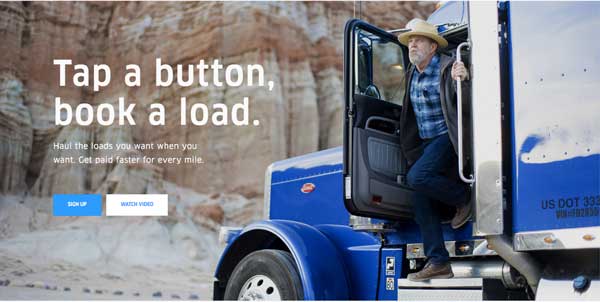
Another big name hoping to enter this market is Amazon. Reports circulated in December that the retail giant is building an app that matches truck drivers with shippers, to be launched sometime in 2017.
“At some point, somebody’s going to be successful as a digital broker,” Wangler says. “Somebody’s going to get it right, somebody’s going to solve that spot problem. But we’re a ways down the road from that.”
We may be further away than many would like, but nevertheless there are companies, from start-ups to Fortune 500 giants, working hard at making this happen. The gold rush is on, and at some point, someone is going to crack the code. It may be a year away, it may be five years away—but it is coming.






